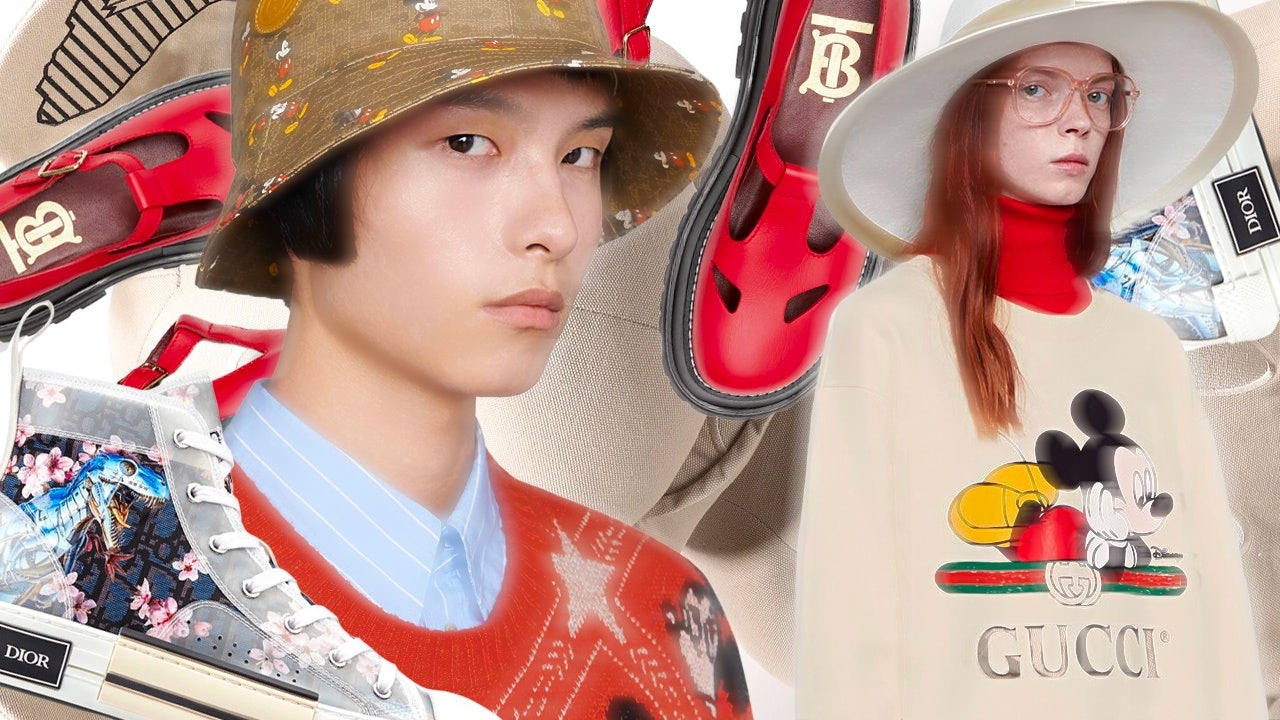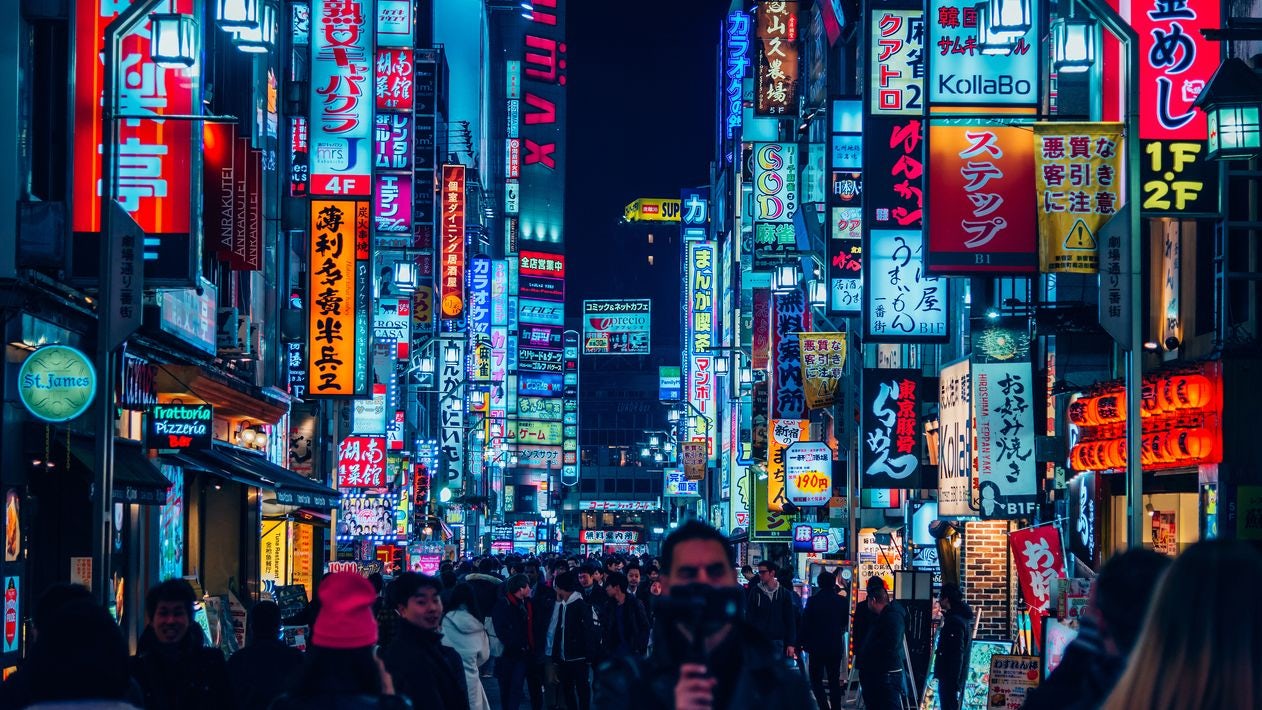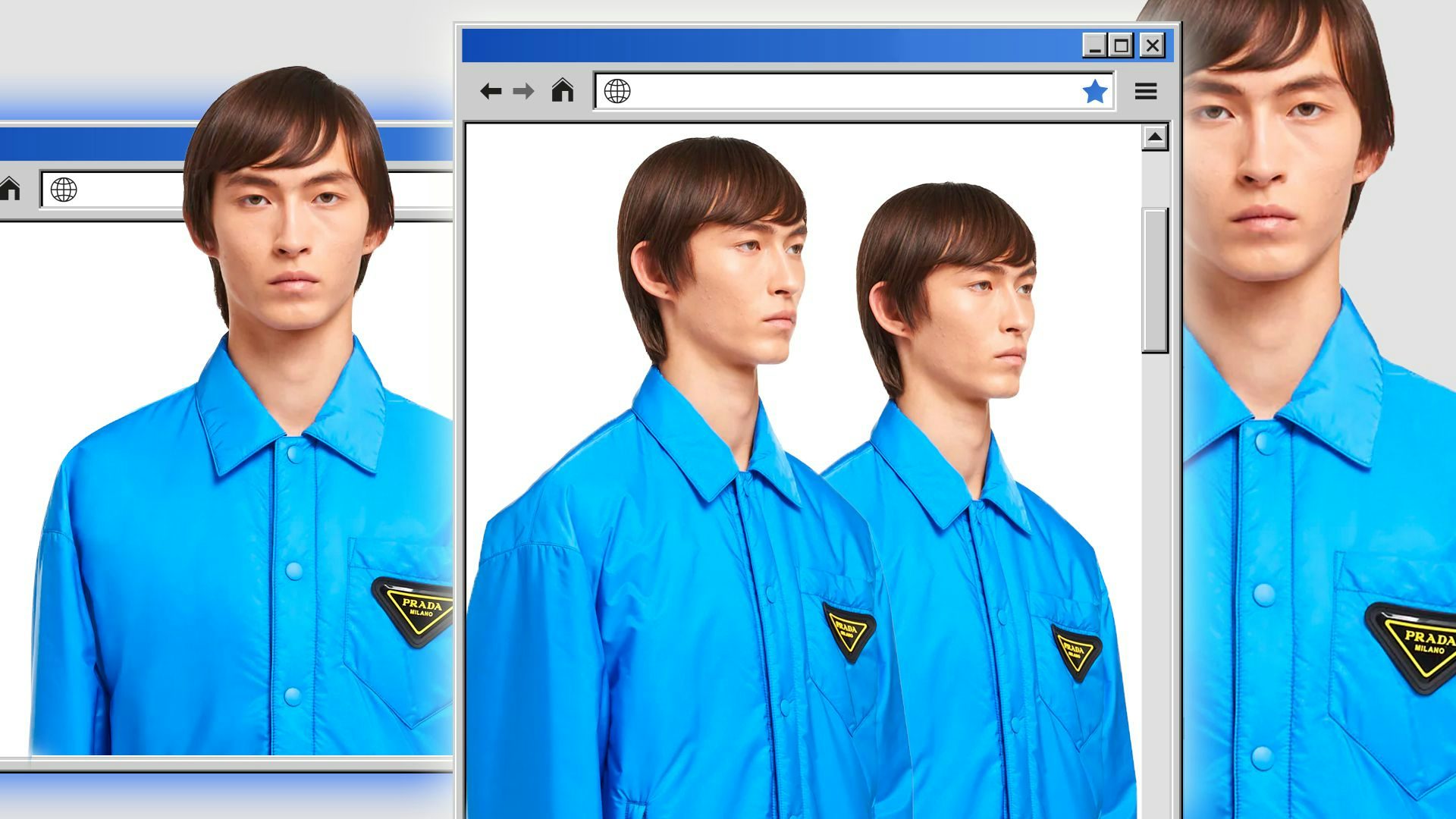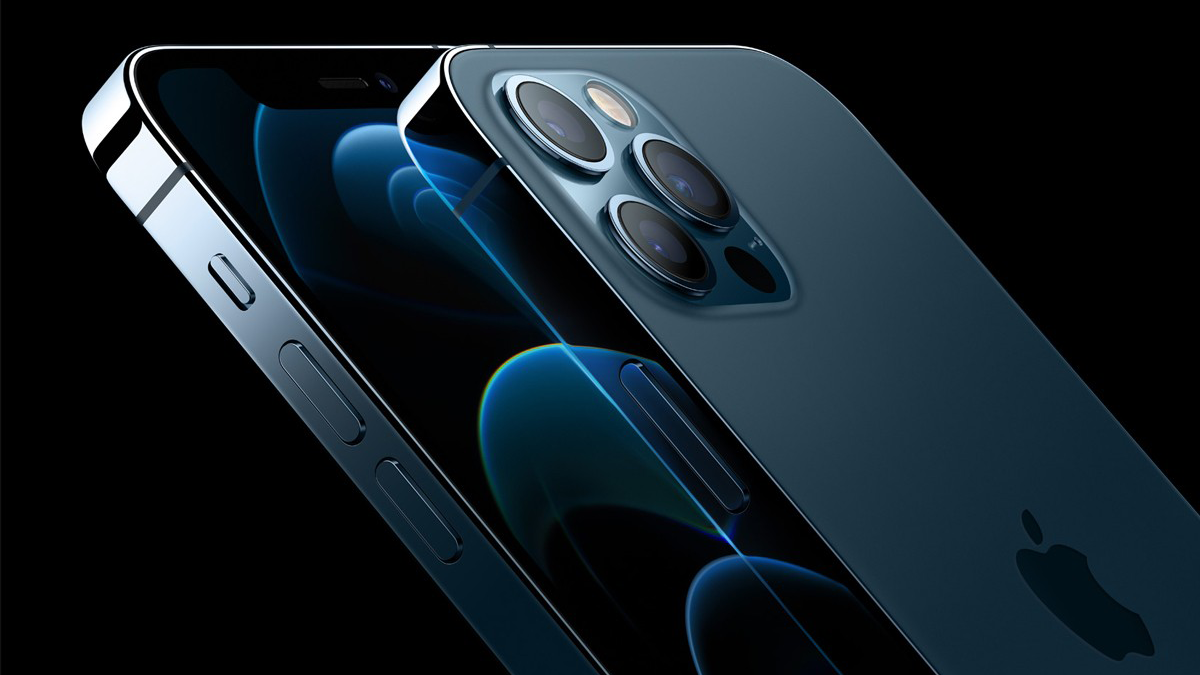Key Takeaways#
:
- Following a once in a lifetime crisis, the next decade of luxury growth is likely to be impressive, though brands should not rely on recipes of the past.
- Women, Chinese and youth will feed the pyramid of luxury, ensuring brands will thrive while distribution will change completely.
- Societal change and a shift from products to purpose will transform the luxury industry as we know it.
Many commentators will say that a new decade starts in a year ending “0” and may be wrong. A minority will say a new decade starts in a year ending “1” and could be right. I am not taking sides, but just looking at the next Luxe Decade, I have predicted 21 outcomes for 2021 and beyond. These outcomes are full of hope, so here is wishing you all the best for the next decade.
1. Because luxury sales are essentially driven by female purchases, the limited number of top female executives in the sector is fast becoming an embarrassment — or if it is not, it should be. Luxury has long been driven by a macho culture, but there is no scarcity of female talent in the industry. In the next ten years, I predict that the majority of board members and at least 25 percent of brand CEOs will be female.
2. While credibility and sales of Chinese brands should increase dramatically in subsegments such as consumer staples or electronics, I project that in ten years’ time, Western brands will still dominate in the traditional luxury segments such as high-end leather goods, watches, and jewelry, as well as in sporting goods and cosmetics.
3. One impact of COVID-19 in 2020 will be to accelerate the shift of consumption of Chinese consumers back to mainland China. The year 2020 should prove to be a bit of an exceptional year for luxury, with Chinese being wary about traveling. Still, in ten years, I believe that more than 75 percent of luxury sales to Chinese citizens will occur in their homeland.
4. The Indian consumer, while still a marginal contributor to luxury sales overall, will become a key contributor to the sector’s growth, giving some hope as Chinese growth gradually slows between now and the late 2020s.
5. Founders of Kering and LVMH have given some of their children management responsibilities. Because the average consumer of luxury is young, so should the managers be. Not all young managers have the bandwidth to become a CEO of a luxury brand — like Alexandre Arnault, heir of LVMH’s Bernard Arnault, born in 1992 and running RIMOWA since age twenty-five in 2017 — but a new generation is coming. At the end of the 2020s, it should not be surprising for brand CEOs to be in their thirties or forties rather than fifty and older, as they are today.
6. Bernard Arnault, chairman and CEO of LVMH, will consistently top the list of the richest individuals in the world, ahead of Amazon’s Bezos, as was already the case briefly in late 2019. His group will hold ninety to one hundred brands, up from seventy-six at the time of writing.
7. Very few luxury brands will remain independent, with the possible exceptions of Hermès, Chanel, and Rolex. Most of them will merge, go out of business, buy others, or be bought. Watch retailers will merge as volumes of watches sold remain under pressure and sales shift more to stores or websites operated directly by the brands.
8. Nike will generate more than 50 percent of its sales online, mostly via directly operated apps and its own websites. The rest of its business will occur mostly via its own full-price stores and outlets. Brick-and-mortar wholesale partners will contribute less than 25 percent of group sales.
9. When walking into your favorite store, you will be able to choose whether you want to use the iris scanner at the door. The scanner will call your favorite sales associate and download on their smartphone all the details of your previous transactions, favorite colors, key dates, and other information and tell the associate what products they should be showing you today. Already, at Sephora, you can choose between a red basket if you need help (“I would like to be assisted”) or a black one if you want to be let alone (“I would like to shop on my own”). This is just a slightly more contemporary version of that. Welcome to the future of luxury!
10. Luxury will be one of the few sectors to prioritize brick-and-mortar and physical interaction over online sales. For most luxury brands, a maximum of 20 percent of sales (versus Nike’s more than 50 percent) will be generated online over the next decade. Most luxury brands will distance themselves from online wholesale, after having broadly eliminated their exposure to brick-and-mortar wholesale. And while luxury brands’ own websites will give access to their products online, they should be used essentially for storytelling rather than selling purposes.
11. Given the complexity of managing a low-growth business in affordable luxury handbags, I expect ownership of Michael Kors, Coach, Tory Burch, and/or Furla will have changed in ten years.
12. Leaving aside Swarovski and Pandora, no other affordable jewelry brand has been successful on a global basis. This is clearly a gap, in my view, and I expect new entrants will revolutionize the branded market for affordable jewelry over the next decade.
13. With some of the best management teams in the consumer space, great storytelling, emotional relationships with consumers, and some of the most inspiring brand ambassadors out there, Nike, adidas, and Puma will be three of the fastest-growing consumer goods companies over the next decade in terms of sales.
14. Apple will be known as a health-monitoring, visual entertainment (notably, movies and gaming), and banking corporation (and more), with iPhone sales accounting for less than a third of its business, down from more than 60 percent in 2018.
15. In the next decade, travel, hospitality, cannabis, fine food, e-sports, and e-learning will be the fastest-growing luxury segments.
16. Louis Vuitton, still one of the largest and most influential brands in luxury, will diversify into travel in a big way, not just selling luggage and city guides like it does today, but also selling VR packages for consumers to discover the world in style without leaving their living room.
17. Wealthy consumers will favor boutique hotels over hotel chains. The latter, while having the incentive of loyalty programs, will suffer from a feeling of “copy and paste” and lack of authenticity.
18. The combination of eco-friendly attitudes and COVID-19 impacts will mean that cruises and commercial flights will be transformed; flygskam, or flight shaming, might become more than just an obscure Swedish concept; and fast rail and self-driving electric vehicles will become preferred means of transportation.
19. The majority of suitcases and athletic shoes from top brands will be made out of recycled and/or recyclable material. Meanwhile, most handbags will still be made from real leather, but fur will be banned in many countries as substitutes take over (despite not being earth friendly, because they are made with plastic derivatives).
20. Cartier, Tiffany, and Bulgari will be using mostly lab-grown diamonds for their watches and jewelry, though center stones on the higher-end jewelry pieces will still be from mined diamonds.
21. With Louis Vuitton now producing in the US for the US, with sites in California and in Texas, being a locavore will extend into wanting to buy other products that are manufactured closer to home. Supply chains in luxury will shift a lot closer to their end markets: “Made in Italy” or “Made in France” will gradually shift to “made in a production site near you.” For watches, “Made in Switzerland” will persist, but fewer clients will buy those watches.
Erwan Rambourg has been a top-ranked analyst covering the luxury and sporting goods sectors. After eight years as a Marketing Manager in the luxury industry, notably for LVMH and Richemont, he is now a Managing Director and Global Head of Consumer & Retail equity research. He is also the author of Future Luxe: What’s Ahead for the Business of Luxury (2020) and The Bling Dynasty: Why the Reign of Chinese Luxury Shoppers Has Only Just Begun (2014).



